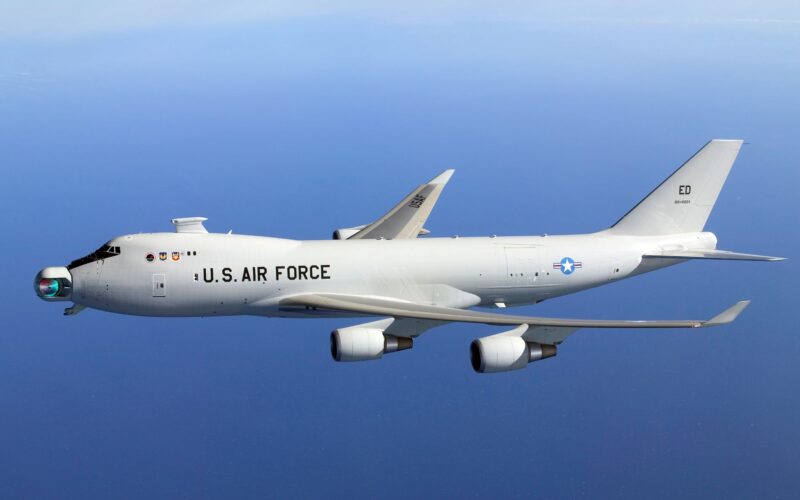After Boeing completed the last-ever delivery of its iconic 747, we prepare to say farewell to the Queen of the Skies.
This monumental aircraft redefined aviation, paving the way for a class of widebody airliners. The 747 soared the skies for more than five decades, outliving many of its competitors and growing more and more popular each year.
To celebrate the Queen’s 55-year reign, AeroTime takes a look at some of its more unusual variants – modifications that pushed the 747’s airframe to the extreme.
747 Supertanker
Between 2006 and 2016 Evergreen International Aviation sought to convert three passenger Boeing 747s into firefighting aircraft.
The first, based on a 747-100 previously owned by Lufthansa and American Airlines, was never finished. The second, which was based on an ex-Delta 747-200, was retired in 2011.
The third, an ex-Japan Airlines 747-400, still flies today and remains the largest firefighting aircraft ever created. It can carry up to 74,000 liters (19,600 gallons) of water or fire retardant, enough to cover a strip of land 4.8 kilometers (3 miles) long and 46 meters (150 feet wide).
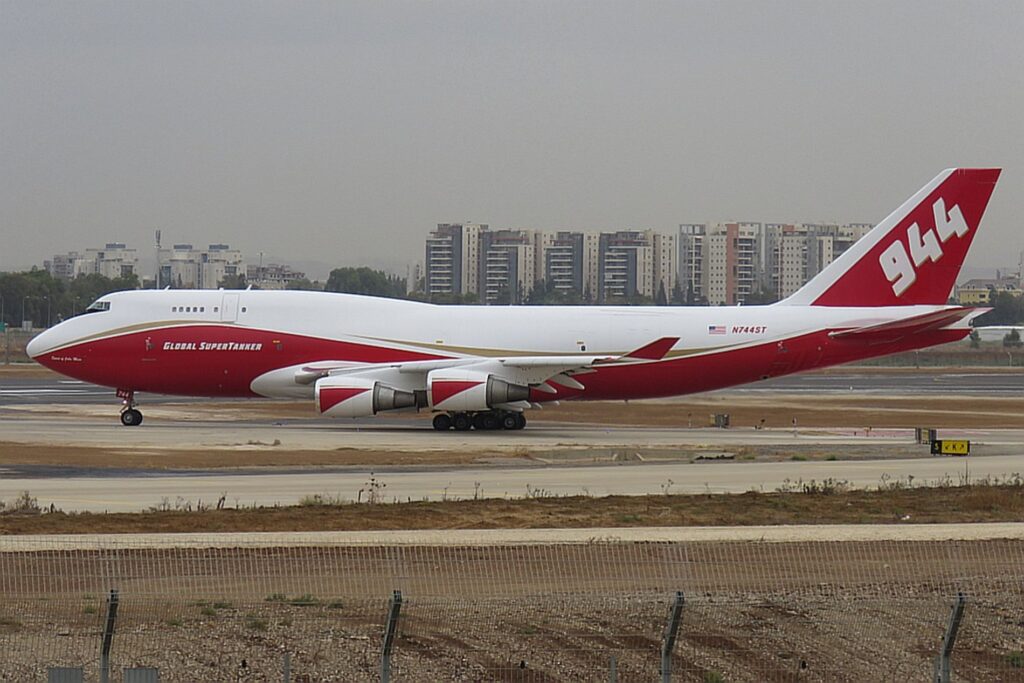
Dreamlifter
In the early 2000s Boeing was planning the production of the 787 Dreamliner. Parts of its fuselage and wing were to be manufactured in Japan, and there was no way to transport the parts to Boeing’s assembly facility in Everett, Washington.
The task was given to four 747s. Boeing gave them a spectacular makeover, replacing large parts of their airframes and tripling the internal volume.
Since then, every Dreamliner has been delivered on the wings of a Dreamlifter. The unusual aircraft also moonlight as freighters, transporting regular cargo when needed.
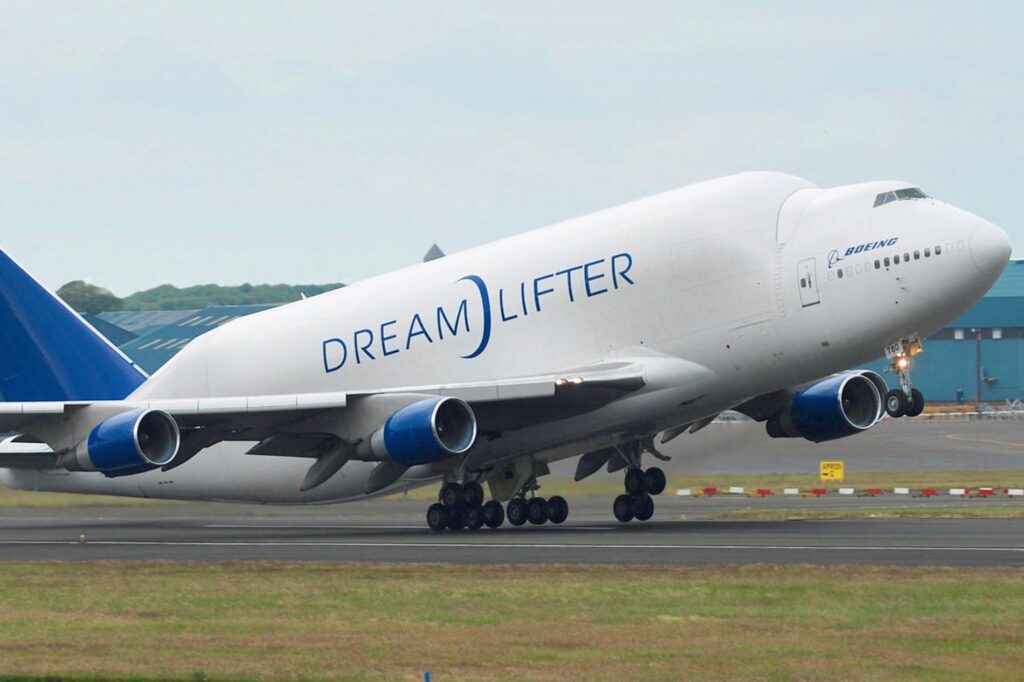
SOFIA
SOFIA stands for Stratospheric Observatory for Infrared Astronomy, an airborne observatory built onboard a 747.
An ex-Pan Am and former-United 747SP, the shortest variant of the model, was used to house the observatory. The aircraft was purchased by NASA in 1997 and modified by removing parts of the fuselage to install an enormous infrared telescope.
Being able to conduct observations at 747’s cruise altitude, where the densest layers of the atmosphere do not block radio waves, is a significant advantage for an observatory. However, NASA retired SOFIA in December 2022 due to high operating costs, and it is now on display at Pima Air & Space Museum in Arizona.
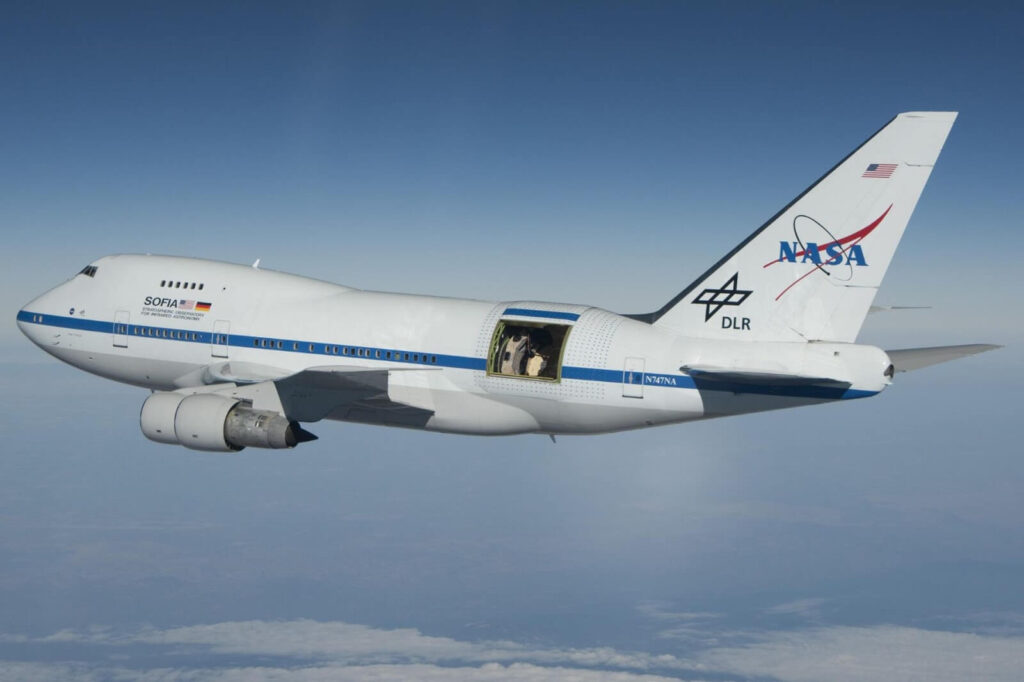
Cosmic Girl
In 2017 Virgin Galactic, one of the space ventures owned by Richard Branson, purchased a 747-400 from Virgin Atlantic. Some modifications were made and in 2020, the aircraft began to launch space rockets instead of carrying passengers.
It is one of the very few aerial launch platforms that exist in the world, performing the role of both a flying spaceport and the first stage for space rockets.
The airliner can carry a rocket under its left wing, take it to a cruise altitude and then launch it. This not only eliminates the need for the first stage, but it also saves on airport infrastructure and allows conduct launches from pretty much anywhere in the world.
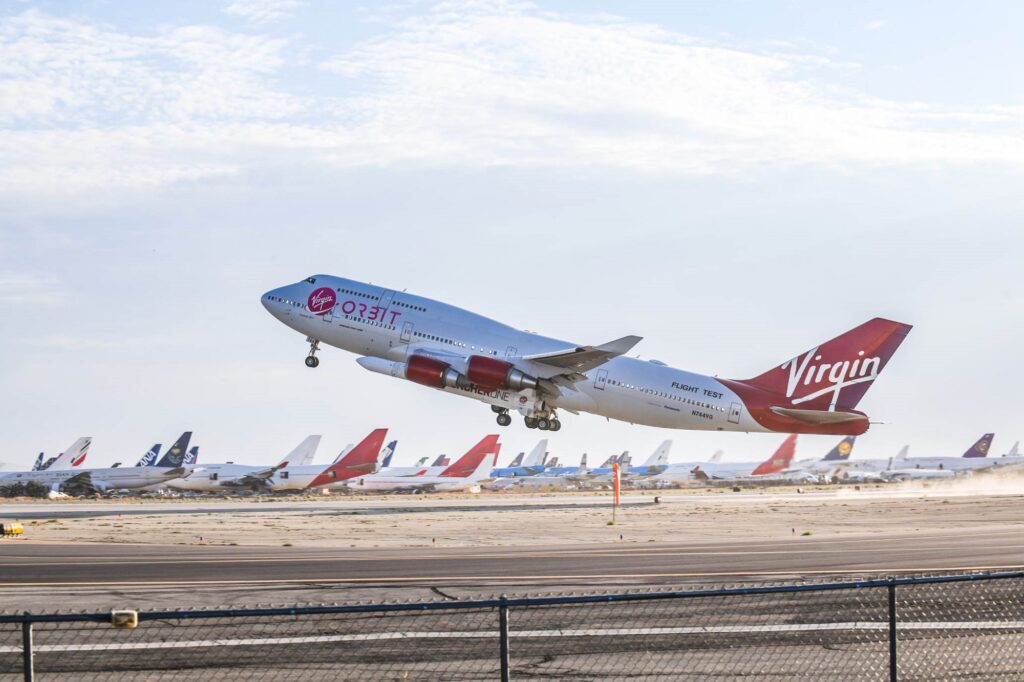
Shuttle Carrier Aircraft
In the 1970s NASA converted a couple of 747-100s for a special mission: to act as a ferry for the Space Shuttle spaceplane. Being way too large to be transported on the ground, the Space Shuttle still had to get from the landing spot to the launch pad, and it could not conduct ferry flights under its own power.
Significant modifications had to be made to the 747, including modifying its tail so that the Shuttle’s presence would not interfere with the stability of the system.
Shuttle Carrier Aircraft also conducted numerous tests on the spaceplanes, releasing them mid-flight to test the Shuttles’ landing characteristics.
Both of these remarkable 747s were retired in 2012, following the Shuttle’s retirement.
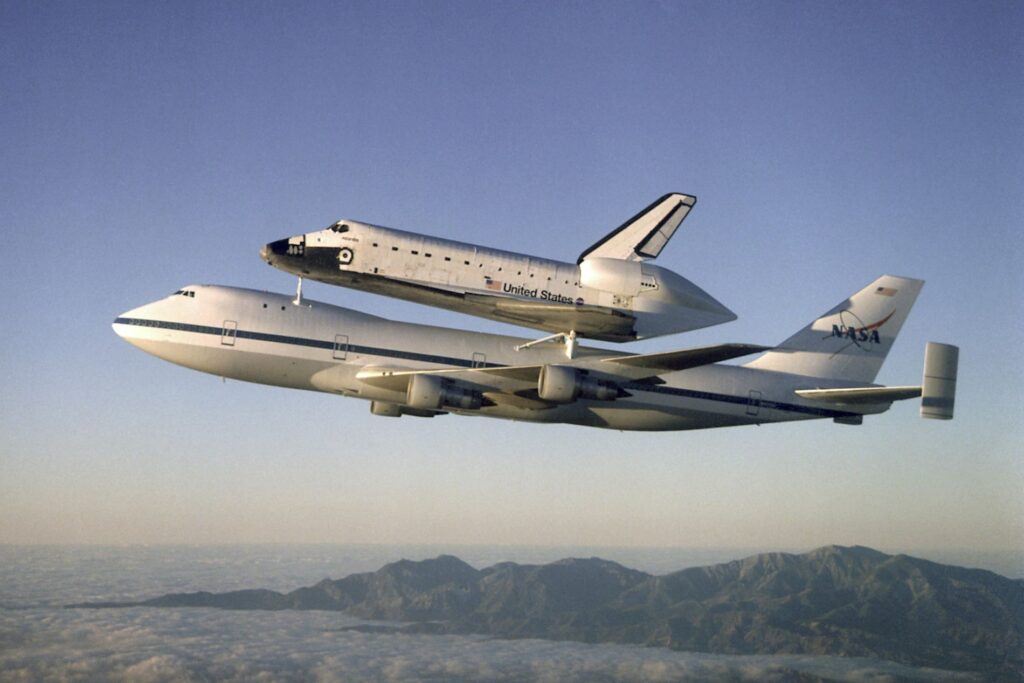
VC-25
This aircraft, popularly known as Air Force One, is not only the best-known 747 to ever take off, but it is also one of the most recognizable aircraft in the world. Used to transport President of the United States, it can be seen almost every time the head of state ventures abroad.
Two VC-25As exist, both based on 747-200 airliners and adorned with the iconic blue-white livery. They feature offices for the president and their staff, extensive protective systems, and a host of other modifications.
An upgraded version of the aircraft, the VC-25B, based on the Boeing 747-8i, is currently being built and is planned to replace the old VC-25As in the late 2020s.
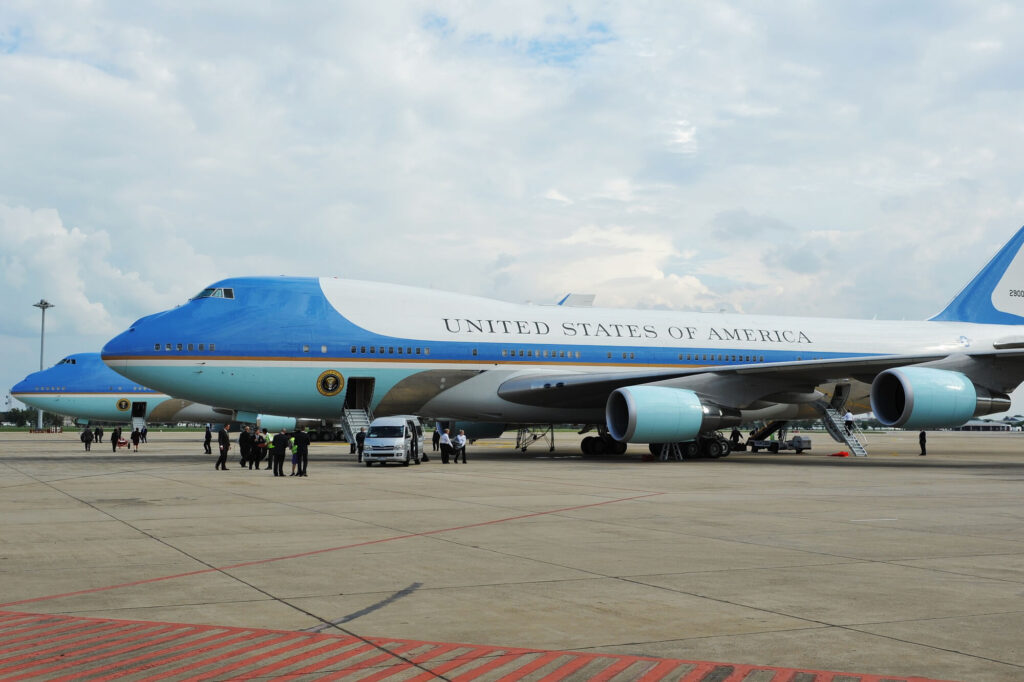
YAL-1
Out of all the modifications made to the Boeing 747-400, this is probably the strangest. It was a testbed for a missile protection system that would see a powerful chemical laser mounted in the nose of an aircraft.
One YAL-1 was built by modifying a brand new 747-400, while an ex-Air India 747-200 was converted for ground-testing the laser.
The system worked as intended, shooting down several missiles during tests conducted between 2010-2011. However, its laser was not powerful enough and needed to be close to the target to be effective. The program was cancelled, and the aircraft was scrapped in 2012.
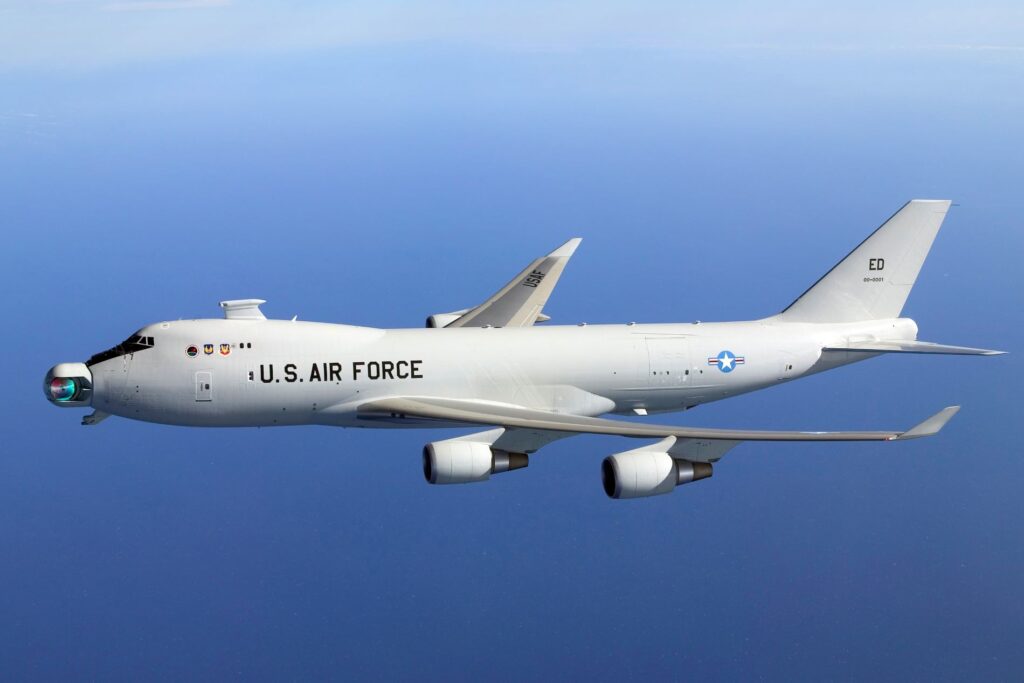
KC-33A
The KC-33 was one of the military adaptations of the 747. In the 1970s Boeing offered the project as a bid in United States Air Force’s (USAF) Advanced Cargo Transport Aircraft (ACTA) competition, which sought to find an aircraft that could act as both a freighter and a tanker.
All the aircraft offered as a part of the competition were adaptations of existing designs. Boeing offered a deeply modified 747, featuring additions that would allow it to refuel up to three aircraft at the same time.
However, in the end the USAF chose the McDonnell Douglas KC-10 Extender, which flies with the service to this day.
E-4
These deeply modified 747-200s perform the role of airborne command posts. In the event of a large-scale disaster, such as nuclear war, they would act as the main decision-making centers where the military commanders of the US could work in relative safety.
This notorious role earned these aircraft the nickname “doomsday planes”. While they fly relatively regularly, any unplanned activity, such as sudden take-offs and missions, is often associated with increased international tension.
The E-4s are based on 747-200s and modified with aerial refueling equipment, advanced communications and protective systems. They house all the necessary kit to command a nuclear exchange, while staying above the crisis that unfolds below.
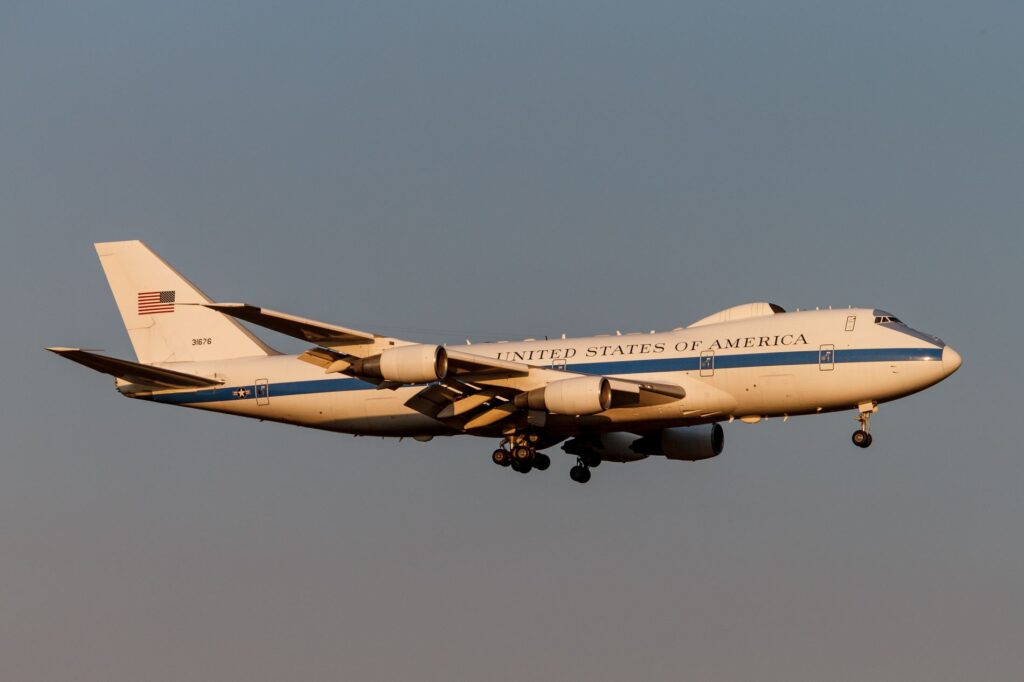
Pratt & Whitney engine testbed
Many 747s have acted as engine testbeds throughout the years, testing various engines before they could be mounted on regular aircraft. General Electric (GE) and Rolls-Royce had their 747 testbeds made by modifying a 747-100 and a 747-200 respectively.
While GE and Rolls-Royce mounted the experimental engines under the right wing, in the place of a regular engine, P&W chose a different route, making their testbed rather unusual: a 747SP with an additional engine pylon at the front, just behind the cockpit.
P&W owns two of these aircraft, one of which was previously operated by Air China and another by Korean Air Lines. The jets now serve with the engine manufacturer, testing its new power plants.
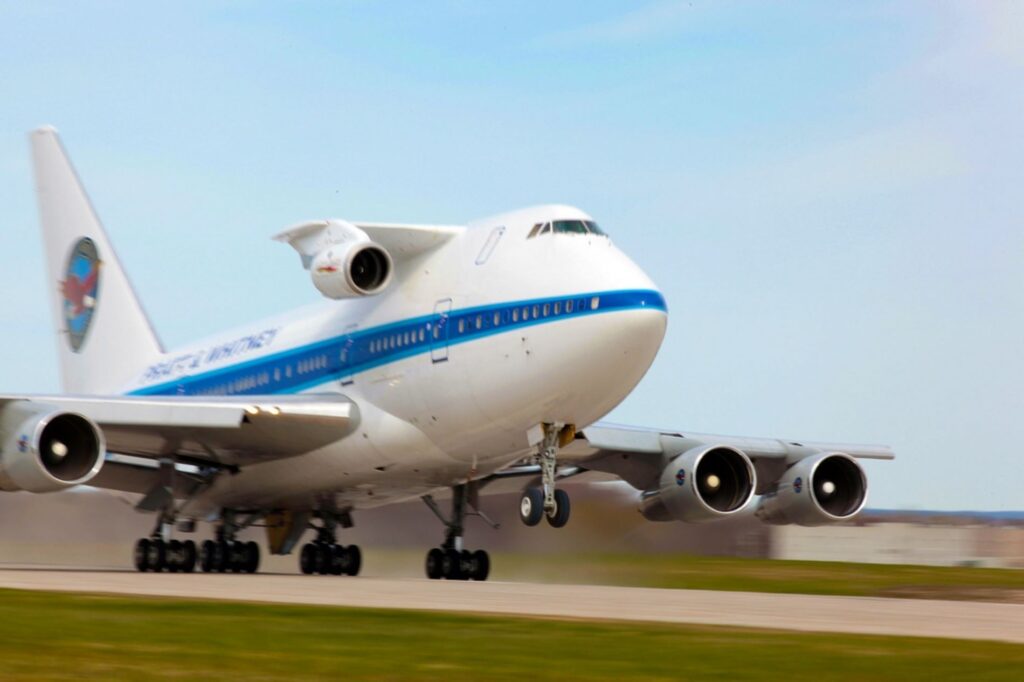
Bonus: Stratolaunch Roc
While not strictly speaking a modification, the Roc, previously known as the Scaled Composites Stratolaunch, is the aircraft with the largest wingspan that ever existed, and yet another attempt to build an aerial launch platform for space rockets.
Two 747-400s were cannibalized to save the costs. Engines, landing gear, cockpits, pylons, hydraulics and countless other systems were lifted. While outwardly the Stratolaunch does not resemble a 747 at all, its insides include more of a 747 than any other aircraft.
A slight outward semblance can be spotted if you take a closer look at the landing gear, the engines and cockpit windows, making the Stratolaunch a sort of a distant cousin of the Queen of the Skies.
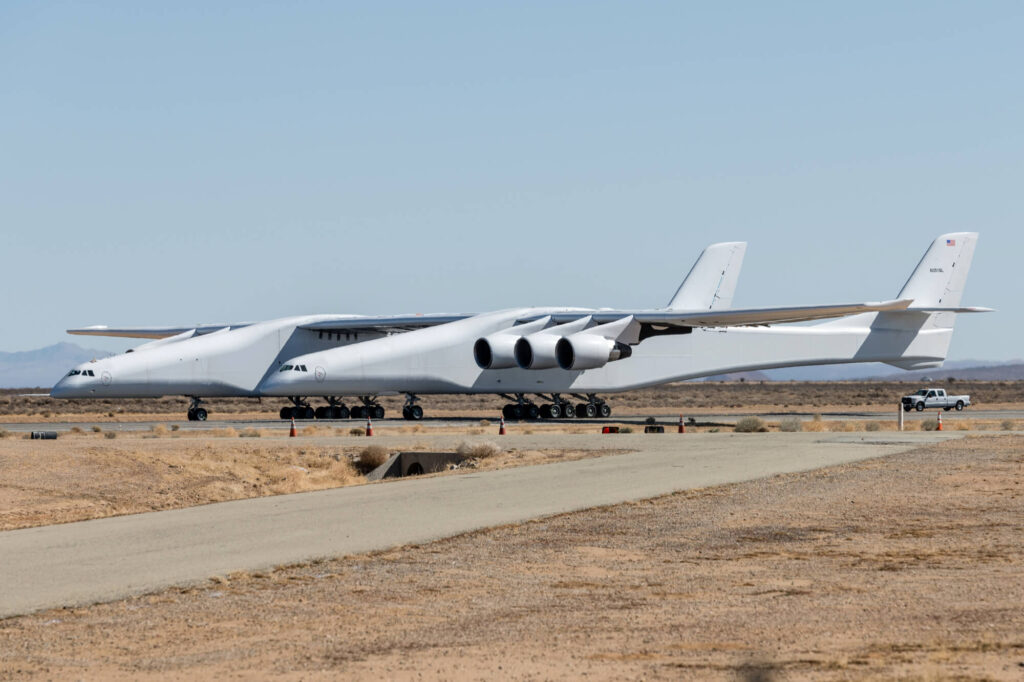
But wait, there’s more
These are just the modifications that were made. Many more failed to leave the drawing board. Stay tuned for the second instalment where AeroTime takes a look at the strangest 747 modification projects that never succeeded, from a twin-fuselage 747 and a flying aircraft carrier to a trijet version and a full double-decker.

